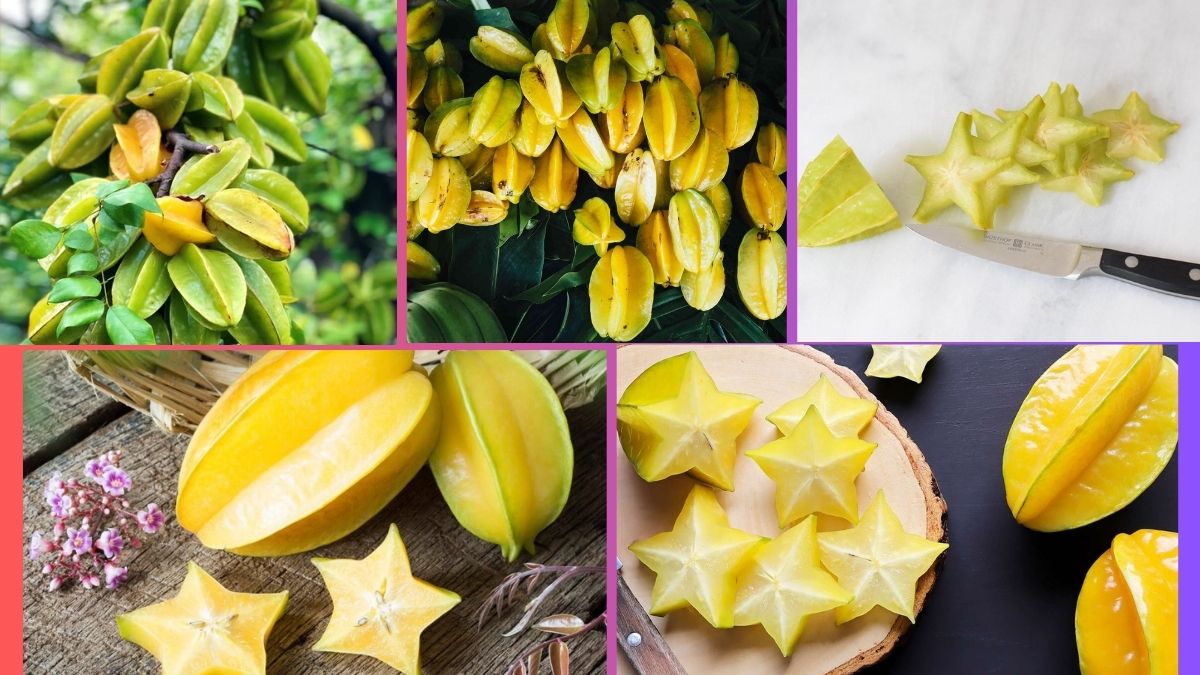Few fruits capture the eye quite like the starfruit, also known as carambola. With its glossy, golden-yellow skin and distinctive star-shaped cross-sections, this tropical fruit is as visually striking as it is delicious. Mildly sweet and tangy, starfruit is a refreshing addition to salads, desserts, juices, and even savory dishes.
Native to Southeast Asia, starfruit has gained international popularity due to its exotic appearance, health benefits, and culinary versatility. But when it comes to large-scale production, which country reigns supreme as the largest starfruit producer globally? In this article, we’ll explore the global starfruit industry, spotlight the top-producing nation, and examine why it holds this title, while highlighting other major producers around the world.
A Glimpse into the Global Starfruit Industry
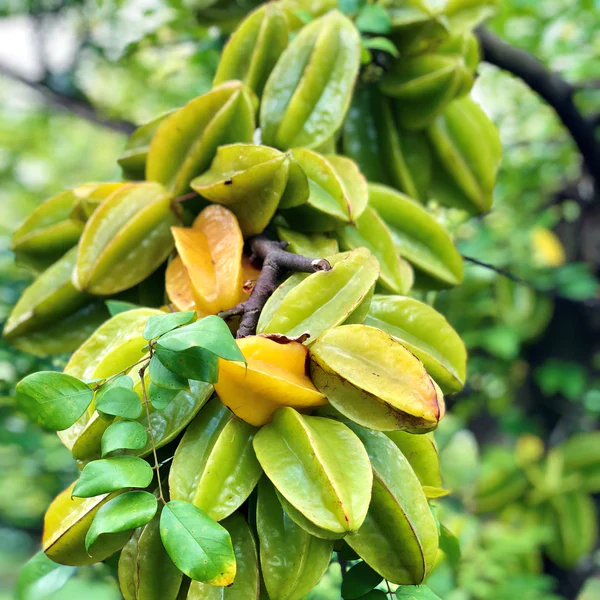
Starfruit (Averrhoa carambola) is a tropical and subtropical fruit that grows best in warm, humid climates with plenty of rainfall and fertile, well-drained soil. The fruit is native to Southeast Asia and has been cultivated for centuries in countries such as Malaysia, the Philippines, and Indonesia.
Today, starfruit is grown in over 20 countries across Asia, the Americas, and parts of the Pacific. Annual global production exceeds 700,000 metric tons, with most of the harvest consumed domestically in producing countries. Thanks to its rising popularity in health-conscious and gourmet food circles, starfruit’s international demand has also increased steadily.
Which Country Is the Largest Starfruit Producer Globally?
Malaysia holds the title of the largest starfruit producer globally, producing an estimated 250,000–300,000 metric tons of starfruit annually. This accounts for approximately 35–40% of the world’s total production, making Malaysia the clear leader in both cultivation and export.
Starfruit, or belimbing as it’s called locally, holds a cherished place in Malaysian cuisine and culture. The fruit is not only enjoyed fresh but is also widely used in pickles, juices, preserves, and traditional remedies.
Why Is Malaysia the Top Starfruit Producer?
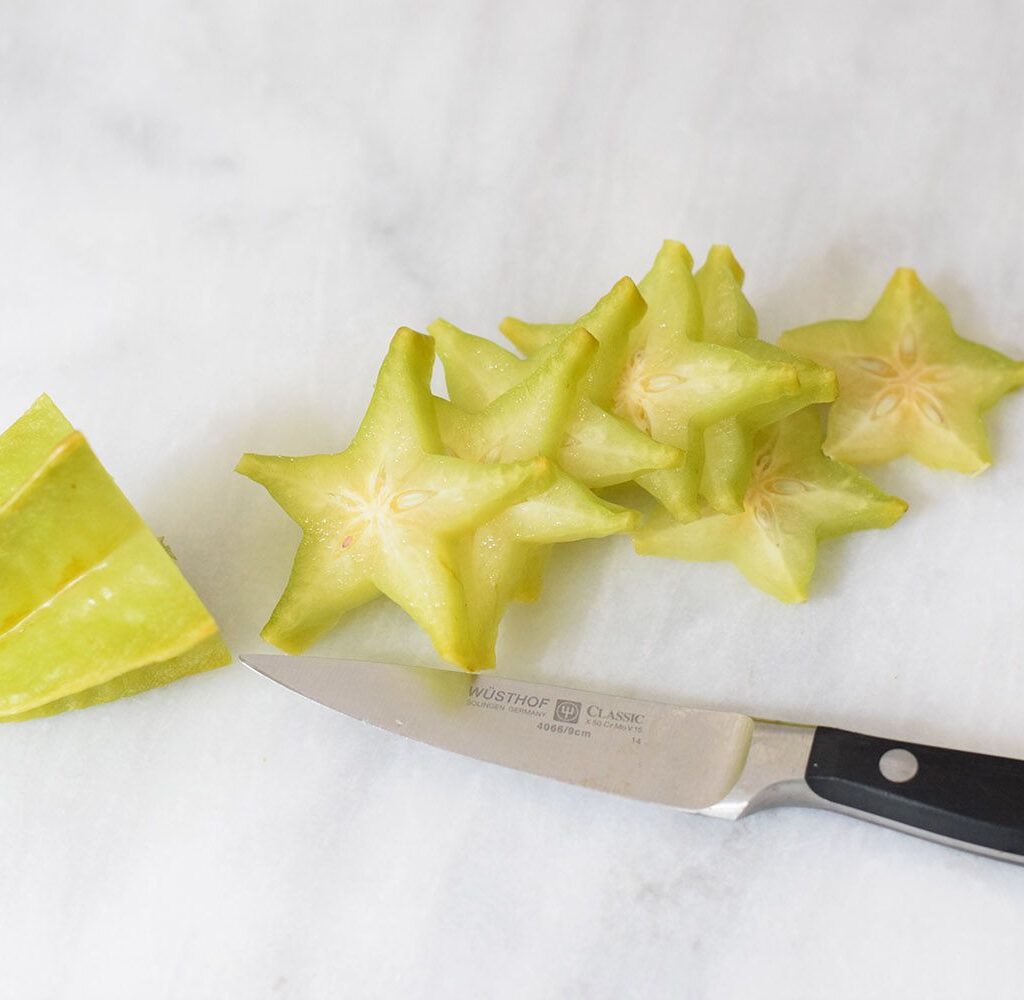
1. Native Heritage and Favorable Climate
Malaysia’s tropical climate, characterized by high humidity, consistent rainfall, and warm temperatures, provides ideal conditions for starfruit cultivation. The fruit thrives in regions with average annual temperatures between 23°C to 32°C, making Malaysia’s natural environment perfect for year-round production.
Key starfruit-growing areas in Malaysia include:
- Selangor
- Perak
- Johor
- Pahang
- Negeri Sembilan
These regions benefit from fertile soils, reliable irrigation, and established agricultural infrastructure, supporting extensive commercial orchards.
2. High-Yield, Commercially Preferred Varieties
Malaysia cultivates several commercial starfruit varieties, with B10, B17, and B2 among the most popular for both local consumption and export. These cultivars are known for their:
- Large size
- Smooth, golden-yellow skin
- Crisp texture
- Balanced sweet-sour flavor
- Longer shelf life
These qualities make Malaysian starfruits highly attractive to international markets, especially in Singapore, Hong Kong, China, and the Middle East.
3. Robust Export Network
Malaysia has strategically positioned itself as the leading exporter of fresh starfruits. The country exports large volumes of high-quality, fresh starfruits to neighboring Asian countries as well as to Europe and the United States.
The Malaysian government, through the Federal Agricultural Marketing Authority (FAMA), actively supports starfruit farmers by offering export incentives, establishing cold storage facilities, and promoting the fruit in overseas markets.
4. Agro-Tourism and Local Demand
In addition to export-driven production, starfruit enjoys steady domestic demand in Malaysia. It’s a staple fruit in local markets, widely consumed fresh, in juices, or as a pickled delicacy known as acar belimbing.
Malaysia has also integrated starfruit cultivation into its agro-tourism sector, with orchards in Selangor and Johor offering visitors fruit-picking experiences, farm tours, and starfruit-based delicacies.
Top 5 Starfruit-Producing Countries (2022)
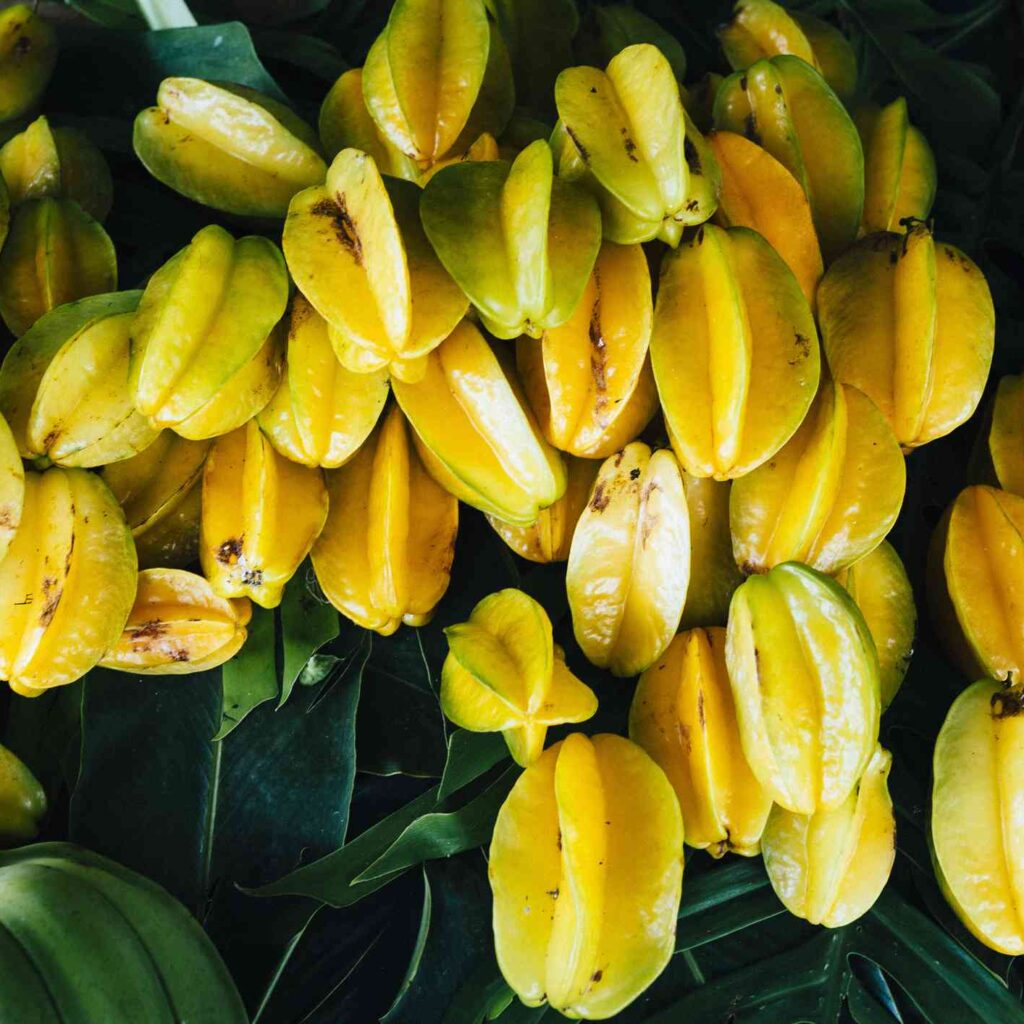
| Rank | Country | Production (Metric Tons) |
|---|---|---|
| 1 | Malaysia | 300,000 |
| 2 | Philippines | 140,000 |
| 3 | India | 120,000 |
| 4 | Thailand | 60,000 |
| 5 | Indonesia | 45,000 |
Malaysia’s production far outpaces its regional neighbors, contributing significantly to both domestic and international markets.
Other Major Starfruit-Producing Countries
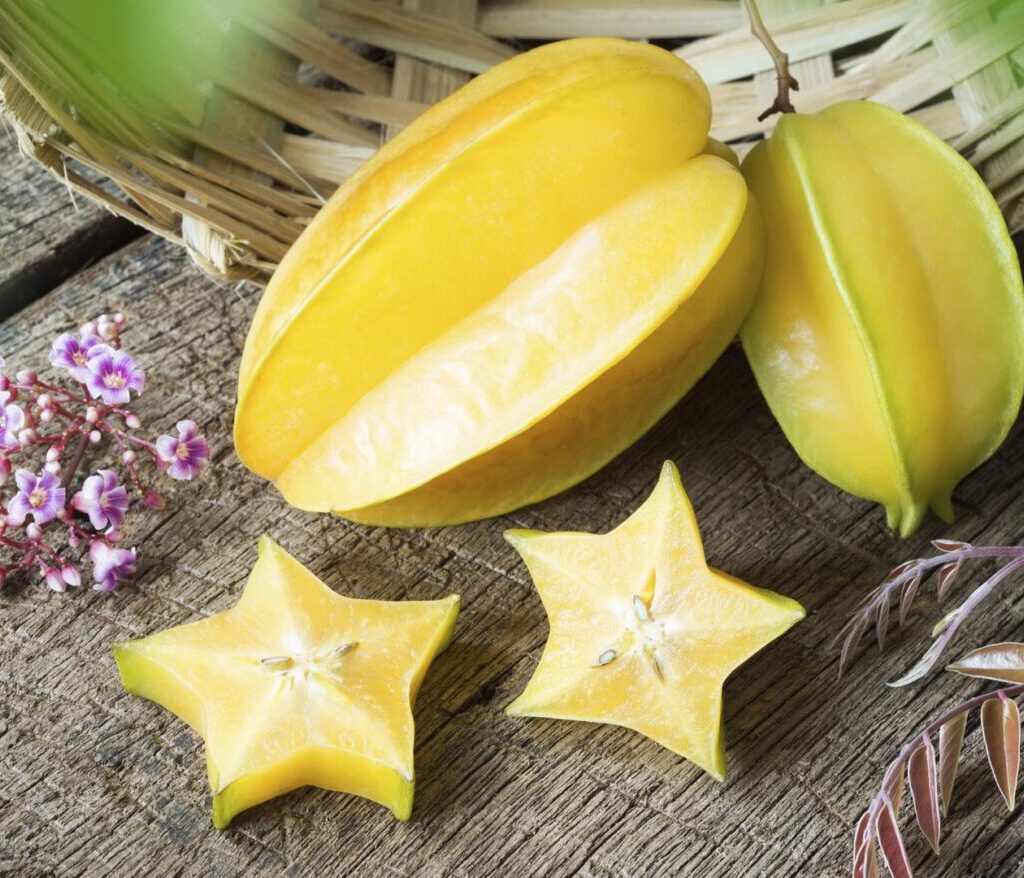
While Malaysia leads the global starfruit market, several countries also contribute to worldwide production:
Philippines
The Philippines ranks as the second-largest starfruit producer, with annual production of about 140,000 metric tons. Starfruit, locally known as balimbing, is grown in Luzon, Mindanao, and Visayas. The fruit is widely enjoyed fresh, as a souring agent in savory dishes, and in preserves.
India
India produces around 120,000 metric tons of starfruit, primarily in the states of Kerala, Karnataka, Maharashtra, and West Bengal. The fruit is a popular backyard crop in India and is consumed both fresh and pickled, known locally as kamrakh.
Thailand
Thailand grows about 60,000 metric tons of starfruit annually, mainly in Chiang Mai, Chiang Rai, and Chanthaburi. The fruit is enjoyed fresh or pickled, and increasingly used in health juices and wellness products.
Indonesia
Indonesia cultivates approximately 45,000 metric tons of starfruit each year, predominantly in Java and Sumatra. Known locally as belimbing manis, the fruit is consumed fresh and in traditional dishes.
Uses of Starfruit in Global Markets

Starfruit is enjoyed worldwide in various forms:
- Fresh Fruit: Eaten raw, often as a garnish due to its star shape.
- Juice and Smoothies: Refreshing, low-calorie beverage option.
- Pickles: Traditional Asian pickles made from slightly unripe fruits.
- Desserts: Used in tarts, fruit salads, and jams.
- Culinary Ingredient: Adds tartness to savory dishes, curries, and chutneys.
- Dried Starfruit: Sold as a snack in health-conscious markets.
- Health Tonics: Featured in herbal remedies for its antioxidant content.
Fun Starfruit Facts
- Starfruit trees can bear fruit within 2–3 years of planting.
- The largest fruits can weigh up to 500 grams.
- Starfruit is an excellent source of vitamin C, potassium, and antioxidants.
- Its unique star-shaped slices make it one of the most decorative fruits for plating and cocktails.
- In traditional medicine, starfruit has been used to treat coughs, fevers, and digestive issues.
Challenges in Starfruit Production
Despite its growing appeal, starfruit farming faces challenges:
- Short Shelf Life: The fruit perishes quickly without refrigeration.
- Climate Sensitivity: Starfruit trees require specific humidity and temperature ranges to thrive.
- Pests and Diseases: Susceptible to fruit flies, fungal infections, and nutrient deficiencies.
- Market Price Volatility: Prices fluctuate based on weather and regional supply.
Malaysia has addressed these challenges through advanced farming techniques, pest management programs, and cold-chain logistics investments, reinforcing its leadership position.
Conclusion
When it comes to starfruit production, Malaysia proudly stands as the largest producer globally. With its native heritage, ideal tropical climate, diverse high-yield varieties, strong export infrastructure, and growing agro-tourism sector, Malaysia continues to shape the global starfruit market.
While countries like the Philippines, India, Thailand, and Indonesia contribute significantly to worldwide production, Malaysia’s superior output and international trade dominance ensure it remains at the forefront of this exotic fruit’s global journey.
As starfruit’s reputation as a nutritious, refreshing, and visually striking tropical fruit continues to spread, Malaysia’s orchards and farmers will play a pivotal role in satisfying the world’s appetite for this golden star of the tropics.
